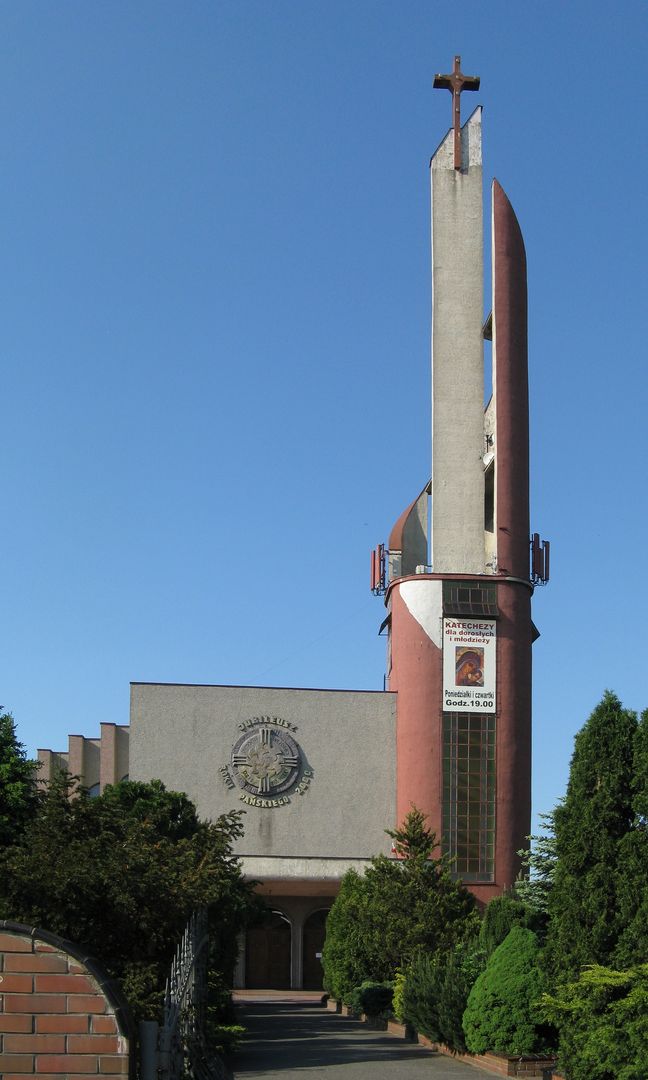Xaviera
6.02

Overview
Ksawera is a working-class district in Będzin, located in the eastern part of the city, bordering Dąbrowa Górnicza and other districts. It emerged in the 19th century due to the development of coal mining, particularly around the "Ksawery" mine. The district's name comes from Ksawery Drucki Lubecki, an industrial reformer, although residents quickly simplified it to "Ksawera." The settlement grew dynamically, especially after the construction of the "Koszelew" shaft in 1875. In 1923, Ksawera was incorporated into Będzin, which allowed for its further development. Architecturally, the area is dominated by four-story apartment blocks and single-family homes, while on former mining sites, the stylish Podskarpie housing estate is being built, featuring over 140 houses designed in 16 unique architectural styles. The district boasts modern infrastructure, including Primary School No. 4 and an indoor swimming pool, as well as "Netto" and "Biedronka" retail pavilions. An important cultural aspect of Ksawera is its Roman Catholic parishes, including the St. Barbara Parish, which holds unique relics and has a history linked to the coronation of the image of Our Lady of Będzin, and the Sacred Heart of Jesus Parish, which has over 9,000 faithful. An interesting fact is that General Aleksander Zawadzki was born in Ksawera, and the district has also gained importance due to its proximity to major transportation routes, facilitating access to larger cities such as Dąbrowa Górnicza and Katowice. Ksawera combines mining history with modern development, as well as local tradition and culture.
Location
2025 Wizytor | All Rights Reserved